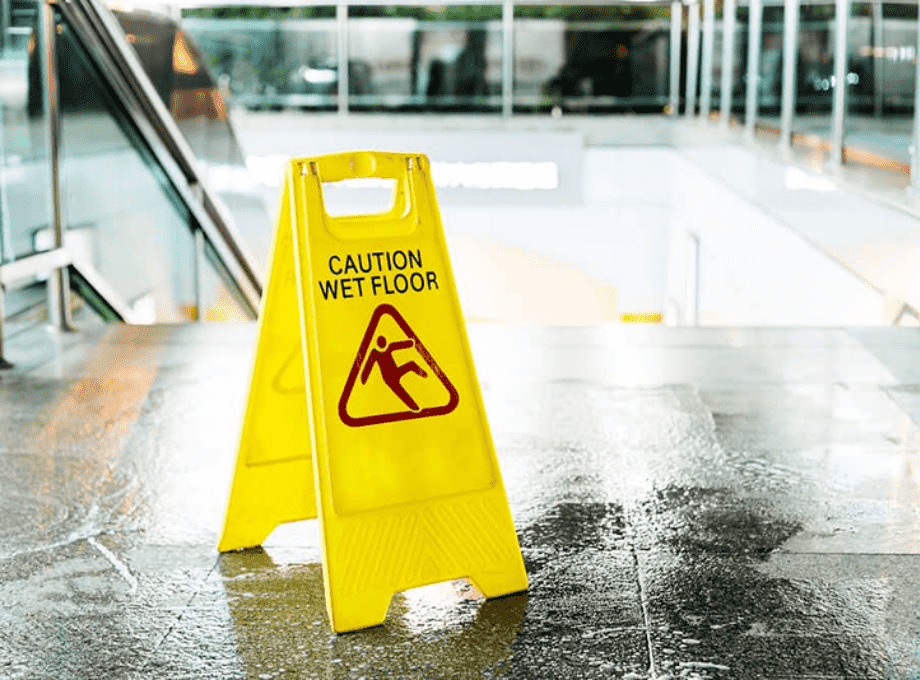Minimizing Fall Risks with Exercise
There’s no side-stepping this cold, hard fact for older adults. As we age, the risk of falling increases significantly. As does the incidence of serious or life-threatening injuries sustained from these falls. That’s why fall prevention is so important.
Certainly, people of all ages experience falls, but they are much more common among older adults. According to the Centers for Disease Control and Prevention (CDC), in 2018, one in four older adults reported they had experienced a fall. How does that translate into total numbers? A whopping 36 million falls.
Even more sobering is that these injuries often speed the aging process and affect one’s ability to live independently.
Internal Factors + External Factors = Greater Risks
Despite these grim statistics, falls need not be considered a natural part of aging. Here’s why. We know what factors can lead to falls and the steps to take to prevent them.
In a fact sheet developed by the CDC, risk factors are categorized as intrinsic and extrinsic. Or, to put it simply, internal factors and external factors. Most falls are caused by a combination of these risk factor categories. And, the more risk factors a person has, the greater risk of their taking a tumble.
Internal Risk Factors
Internal risk factors refer to an individual’s age as well as the presence of health conditions like arthritis, stroke or Parkinson’s that affect balance, gait and mobility. Physical issues such as muscle weakness, poor eyesight or impaired hearing are risk factors. So, too, are medications that cause dizziness.
Interestingly, previous falls are a major factor in subsequent falls. Why? Many older adults who’ve had a fall develop a fear of falling. This fear may cause them to limit their physical activity. And, as they become more sedentary, it hastens declines in their mobility and fitness level. As a result, the risk for falling again increases. How much? According to the CDC, falling once “doubles your chance of falling again.”
External Risk Factors
External risk factors are things an individual encounters as they interact with their environment, whether at home or in a public setting. In the home — where most falls occur — a loose rug, clutter on the floor or stairs, dim lighting or no grab bars in the tub/shower can prove hazardous. Outside the home, uneven or icy sidewalks, slippery floors or stairs without handrails also pose a risk.
Fortunately, many of these internal and external factors can be minimized to help prevent falls. The key is identifying all the risks and learning what steps you can take to reduce those risks. A great way to get started is to check out the Mayo Clinic’s fall prevention tips.
NuStep Can Help You Stay on Your Feet
When it comes to fall prevention, staying active and getting regular exercise leads the way in managing some of the internal risk factors mentioned earlier. NuStep cross trainers also lead the way as an effective exercise tool to help older adults minimize their risks.
Easy to access and easy to use, NuStep seated cross trainers make independent exercise possible for users of virtually all ages, fitness levels and functional abilities. The low-impact upper and lower body workout helps build strength, increase stamina, enhance flexibility and improve balance and mobility. It can also help users manage the symptoms of conditions like arthritis and diabetes or the effects of stroke and Parkinson’s.
When it comes to falls, the old adage, “an ounce of prevention is worth a pound of cure” certainly rings true. Taking steps today will go a long way in helping you stay on your feet and off the ground for all your tomorrows to come.
Always consult with your doctor before starting any new exercise

